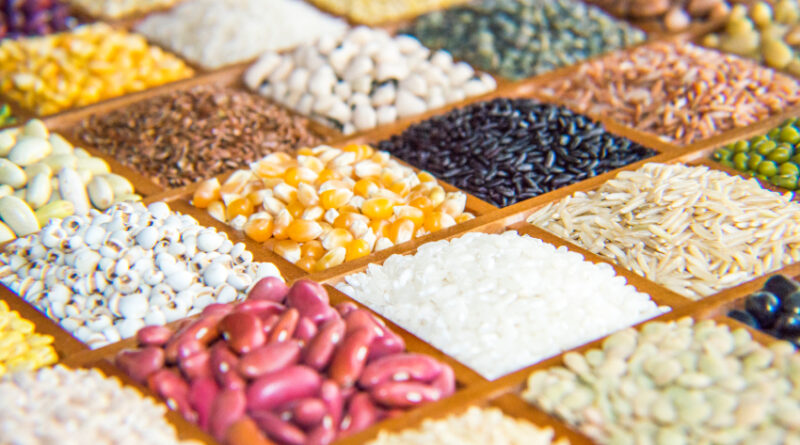Better harvest in rice, wheat, millets to fuel record output
By Dhirendra Kumar
India is set to achieve a record foodgrain production of 332.29 million tonnes (mt) in the 2023-24 July-to-June agricultural year, according to final estimates released by the agriculture ministry on Wednesday.
This represents an increase of 2.61 mt from the previous year’s total of 329.68 mt. The growth has been attributed to favourable production in key categories such as rice, wheat and millets.
While foodgrain production as a whole scaled new highs, pulses and coarse cereals faced challenges in the 2023-24 season.
Total pulse production was estimated at 24.25 mt, with tur (pigeon pea) at 3.42mt and gram at 11.04 mt.
The low production of pulses is expected to lead to an increase in imports, as the average annual consumption of pulses in the country is estimated at 27 mt.
Mint reported on 4 September that despite record sowing of pulses during the kharif season, India’s goal of becoming self-reliant in pulses by 2027 seems to be slipping out of reach, as production has continued to decline from 27.3 mt in FY22 to 26 mt in FY23.
Indian agricultural year
The Indian agricultural year, or crop year, straddles two main seasons—kharif (sown during monsoon, harvested in autumn) and rabi (sown in winter, harvested in spring).
Bad weather—specifically drought-like conditions in Maharashtra and prolonged dry spells in Rajasthan in August—affected the output of pulses, coarse cereals, soybean and cotton, especially during the rabi season.
Rice production in 2023-24 set a record at 137.83 mt, an increase of 2.07 mt (or 1.52%) from 135.76 mt in the previous year. Wheat production also reached a new high at 113.29 mt—2.74 mt higher (or 2.48%) than the 110.55mt produced in 2022-23, the data showed.
A good harvest of rice and wheat is crucial for maintaining food security for the country’s population of over 1.4 billion.
The production of millets has gained attention in recent years due to its resilience to climatic challenges and its nutritional value.
For the 2023-24 season, millet production is estimated at 17.57 mt, slightly up from the previous year’s 17.32 mt, the data showed.
In 2023-24, oilseed production also grew significantly, with total output estimated at 39.67 mt. Rapeseed and mustard reached a record production of 13.26 mt. Oilseed crops soybean and groundnut were estimated at 13.06 mt and 10.18mt respectively.
Sugarcane, a critical cash crop for millions of farmers across the country, was estimated at 453.16 mt.
While sugarcane production has remained relatively stable, the crop’s water-intensive nature has led to increased scrutiny and calls for more sustainable agricultural practices, especially in water-scarce regions.
Cotton, another key component of India’s agricultural economy, was estimated at 32.52 million bales (weighing 170 kg each), while jute and mesta production is pegged at 9.69 million bales (weighing 180 kg each).
Both cotton and jute are essential to India’s textile industry, providing raw materials for domestic manufacturing as well as exports. Similarly, total production of nutri/coarse cereals was estimated at 56.94 mt, with maize accounting for 37.67 mt.
Coarse cereals, which include crops like sorghum, pearl millet and finger millet, are important for food security in arid and semi-arid regions, but their production was hampered by the drought-like conditions in some states.
This article has been republished from The Livemint.

